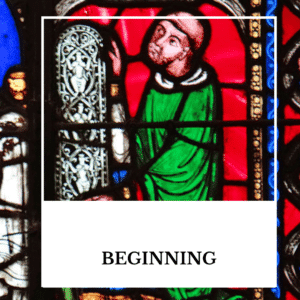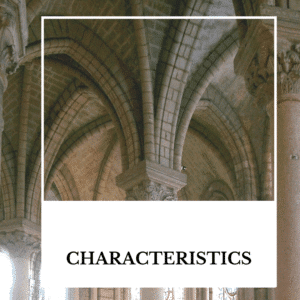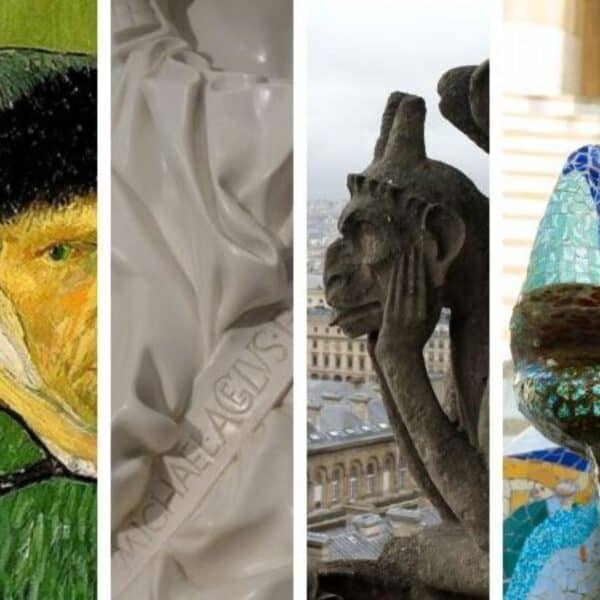Gothic architecture is one of the most widely-recognized architectural styles in the world.
Beginning in France around 1140 and spreading throughout Europe over the next four centuries, it’s practically synonymous with the European Middle Ages.
Gothic Architecture is closely associated with churches, like Notre Dame in Paris, Canterbury Cathedral in England, and Cologne Cathedral in Germany. I
In fact, nearly all the great medieval cathedrals were built in the Gothic style, and it’s still common for churches all over the world even today.
Gothic Architecture often calls to mind steep spires, soaring vaults, beautiful stained glass, and mysterious gargoyles.
In this certificated online course you will learn the characteristics of Gothic Architecture , how it evolved and was reborn in the 19th century.

Learning objectives – Gothic architecture online course
How it works
Course structure
Unit 1 – Gothic Architecture

In this topic we will know:
- How Gothic Architecture Began
- Romanesque
-
- The Basilica
- What a basilica is and how it came about.
- The Basilica
- The basic ground plan of a basilica.
Unit 2 – Characteristics of Gothic Architecture

In this topic we will know:
- Characteristics of Gothic
- Architectural Components
- The Elevation
- How Gothic Buildings Stand Up
- Medieval Christianity
Unit 3 – Phases of Gothic and decoration

In this topic we will know:
-
Phases of Gothic
-
Decoration
- Sculpture
- Stained Glass

-
- Tracery
-
- Other Decoration
-
Iconography
-
Some of the Ideas Behind Gothic Churches
Unit 4 – Geographic differences
-
Gothic in England
- Key Features of English Gothic
- Fancy Vaulting
- Phases of English Gothic
-
Gothic in Northern Europe
- Hall Churches
-
Gothic in Southern Europe
- Italy
- Spain and Portugal
-
Gothic Secular Buildings
Unit 5 – The end of Gothic

-
The End of Gothic
-
Gothic Revival
- Augustus Pugin
-
What happened to Gothic structures over time?
- Eugene Viollet-le-Duc
Author

Alexandra Kiely
Alexandra Kiely graduated summa cum laude from Drew University in 2012 with a B.A. in Art History. She wrote The Role of Representation: Roger Fry’s Art Theory as her honors thesis and won the university’s Stanley Prescott Hooper Memorial Prize in Art History. She is a member of the Phi Beta Kappa honors society.
She created, runs, and writes her own website, A Scholarly Skater, where she teaches readers about art history and shares her art-related experiences. She is a regular writer for DailyArt Magazine and DailyArt App.
Alexandra is also a competitive figure skater and ballroom dancer. Visit her at ascholarlyskater.com.




